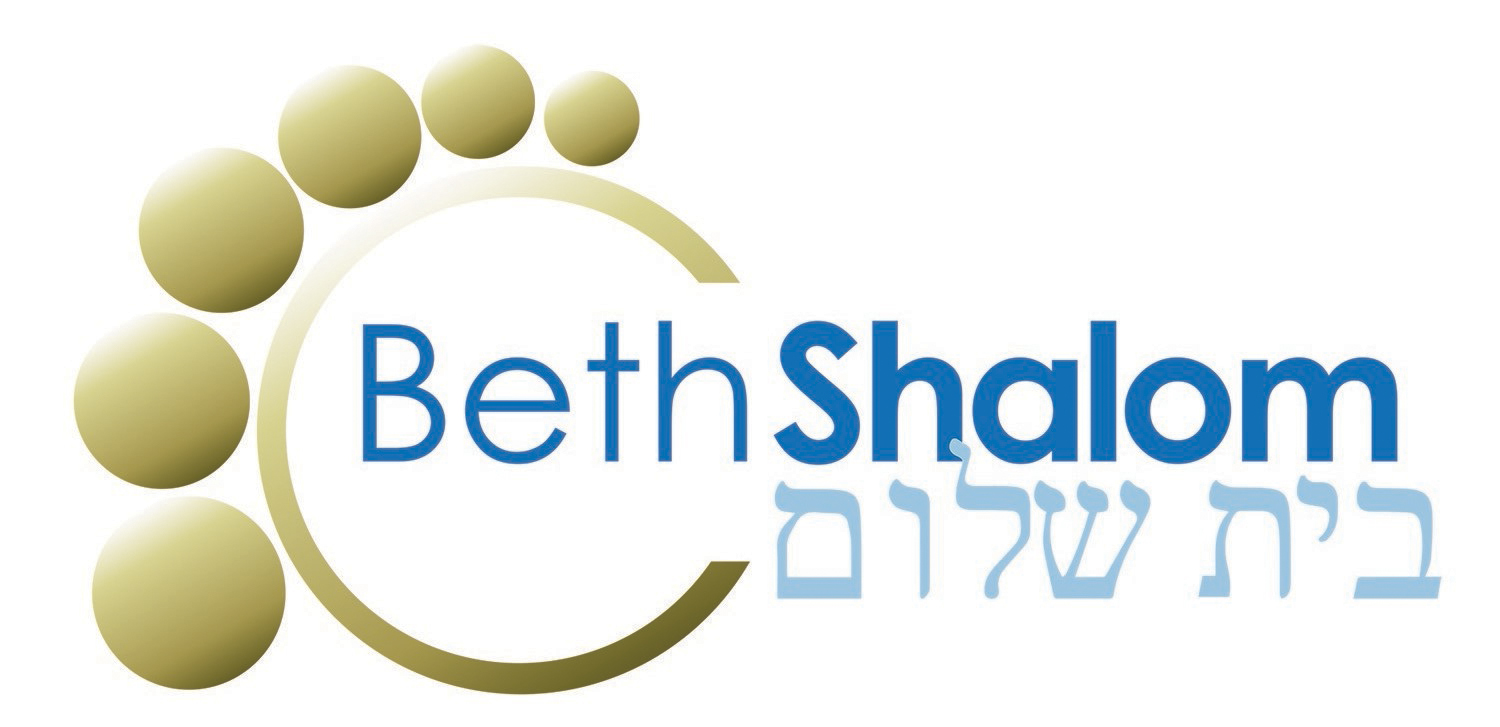Why Did My Loved One’s Yahrzeit Change? Originally published February 9-10, 2018
The months of Adar, Heshvan, and Kislev have variable numbers of days - either 29 or 30. Also, in leap years, we have a whole extra month. We don’t add Adar II, though, for leap year, we add Adar I. (This distinction is especially important because it governs when Purim happens!) This has generated certain calculations, […]
What is Pirkei Avot? Originally published February 2-3, 2018
Pirkei Avot פרקי אבות)), which translates to Chapters of the Fathers, consists of the ethical teachings which were passed down (it says) from Moses through Joshua, the “elders,” and the prophets, to the Great Assembly, to the first generations of rabbis. It is a part of the Mishnah, but rather than covering Jewish law, it […]
What are tefillin and why is that shin wonky? Originally published January 26-27, 2018
“Tefillin” is actually plural for tefillah, prayer, but the concept is really neither singular nor plural. The tefillin, which are also called “phylacteries” (a Greek word deriving from “to guard”), are two small black leather boxes with parchment scrolls inside containing verses from the Torah. One box is made for placing on the forehead (“shel […]
What is all the pomp and circumstance in the Torah service? Part 2 of 2 (last week had Part 1) Originally published January 19-20, 2018
The Sefer Torah is the only book we decorate with velvet mantel, velvet gartel (the belt that goes around its waist, literally “belt” in Yiddish), and sometimes silver crown and breastplate. Sometimes we sew semi-precious stones to the mantel or affix them to the breastplate. We parade the scroll before and after reading it (parading […]
What is all the pomp and circumstance in the Torah service? Part 1 of 2 (next week will be Part 2) Originally published January 12-13, 2018
The Sefer Torah is considered our most holy book. We dress it royally, carry it regally, and ritualize its taking out, opening and reading and closing, and putting away, in order to give (and convey) the proper respect. Whenever the Ark is opened, we stand. Whenever the Sefer Torah is being carried or dressed or […]
Can Non-Mourners Say Kaddish? Originally published January 5-6, 2018
Many people believe that the Mourner’s Kaddish is the Kaddish, but although it is important, there are four other forms of Kaddish. So we say various forms of Kaddish regardless of whether we are mourning. But looking more closely at the forms of Kaddish, we see that the Kaddish DeRabbanan (“our rabbis’ kaddish,” recited after […]
Does “Berakhah” Mean Blessing? Originally published December 29-30, 2017
Supposedly deriving from the root meaning “knee,” berekh, and thus reflecting genuflecting, “barukh” means “sanctified,” and sometimes we translate it as “blessed.” But just as “sanctified” does not mean “blessed,” so “berakhah” does not really mean “blessing.” Because Hebrew words derive from three-letter roots, they may hold a broader and yet more subtle meaning than […]
What is Asara BeTevet? Originally published December 22-23, 2017
With a fast from dawn to dusk on Asara BeTevet, the tenth day of the month of Tevet, we remember the beginning of the siege of Jerusalem by King Nebuchadnezzar of Babylonia in 588 BCE, which ended eighteen months later with the destruction of the First Temple and the city of Jerusalem, and the exile […]
Why are there dots in the Hebrew letters? Originally published December 15-16, 2017
Those who have learned to read Hebrew (thankfully a phonetically pronounced written language) have been taught that a bet has a dot (a dagesh) in it, and without the dot it is a vet. Pe and fe are similar. (These letters interestingly follow Grimm’s Law - put forth by the authors of the fairy tales […]
What is that bowing in the Kaddish? Originally published December 8-9, 2017
Kaddish could generate dozens of these boxes. Many people learn that the Mourner’s Kaddish is the Kaddish, but although it is important, there are four other forms of Kaddish. In the Kaddish, as we begin the last section, “Oseh shalom bimromav…,” many may take three steps back and bow first left, then right, and then […]
